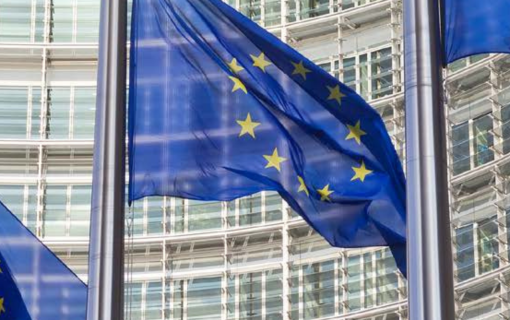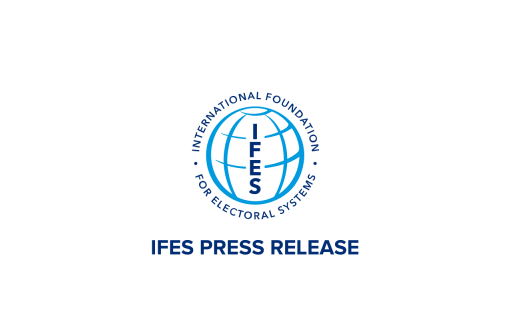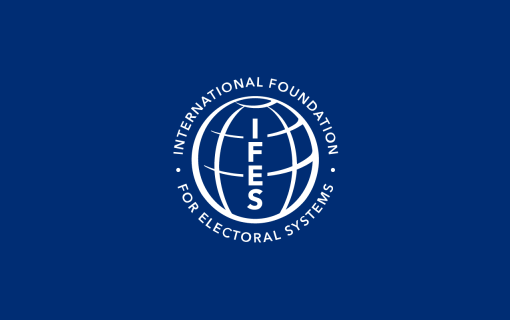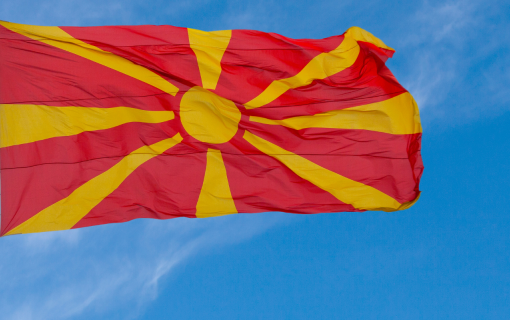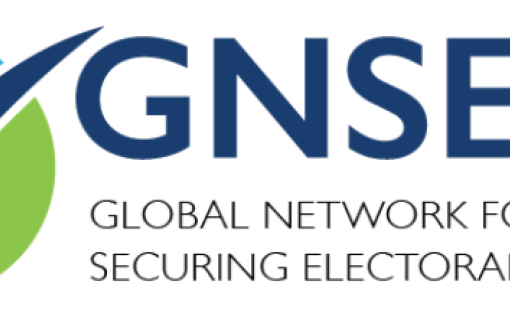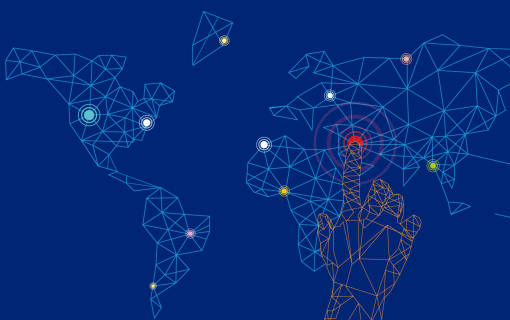
Mapping Myanmar: Q&A with Michael Lidauer, IFES Senior Elections and Conflict Adviser
Myanmar’s November 2015 elections marked an important milestone in the country’s democratic transition. Over 90 parties and 6,000 candidates vied for seats in the polls and this was the first time observer missions were accredited, with 10,000 domestic and 1,000 international observers monitoring the vote. The opposition National League for Democracy, led by Nobel Peace Prize Laureate Aung San Suu Kyi, won 77 percent of the seats, and the ruling Union Solidarity and Development Party graciously conceded defeat in what has been hailed as a historic moment for democracy in Myanmar.
The International Foundation for Electoral Systems (IFES) provided technical assistance to the Union Election Commission in preparation for the vote and worked with civil society to inform voters and advocate for inclusive, credible and transparent elections. IFES Myanmar Senior Election and Conflict Adviser Michael Lidauer also worked with the Myanmar Information Management Unit (MIMU) to produce electoral maps that had previously never existed. In this Q&A, Lidauer discusses what led to the development of the mapping project, the challenges in producing the maps, and how they were used in the electoral process.
What was the genesis of the mapping project conducted with the Myanmar Information Management Unit?
Before I joined IFES in Myanmar, there were no electoral maps. When I started to travel for field assessments, I wanted to know more about the electoral history of particular locations, the status quo of electoral representation, and where elections did not take place in the past. We knew that one party was the dominating political force, but there were others, and by-elections had changed the composition of Parliament. I wanted to visualize the political landscape as it was represented in the legislature. This is when we approached MIMU with the idea for the first map, and they were interested to take this forward.
What were some of the challenges in producing these maps?
There were different challenges. First, it was a real challenge to get accurate data. When we started, there was no functioning public information department of the Union Election Commission (UEC). Electoral information was not readily available online, or possibly not updated. Secondly, it is still difficult to map all of Myanmar, especially in its borderlands. MIMU did not have all technical information about village tract and urban ward boundaries from the outset because this information was not available.
Mapping was still comparatively easy when sticking to lower house constituencies, because their boundaries – in the existing first-past-the-post system – resemble the boundaries of townships, which are important administrative units for which shape files already existed. This was different when we started to map upper house and state/region constituencies, which have other boundaries. The shape files for these constituencies had to be established, often on the basis of UEC hard copies or PDF files of constituency lists using different fonts for the Burmese script, or different spelling for locations. All this was much more labor-intensive than initially anticipated.
How were the maps used in regard to the electoral process?
The maps really helped to raise our understanding of the electoral process. At first, they were result maps that opened our eyes to the status quo, but also about particular political realities such as areas without elections. Then, we started to produce maps at certain moments in the electoral cycle, for example maps showing new constituency boundaries after the UEC had reached the deadline to update delimitation. Most of the maps became publicly available and were free for download after release. However, we also took the opportunity to create maps with MIMU that were not for public consumption, but helped us to understand some underlying features of the elections and overlapping phenomena in the political space. Examples for these were draft maps on malapportionment before the release of census data, estimates of military voters, and specific risk factors.
Discuss the role that conflict played in producing these maps.
I established a comprehensive township-based risk matrix, which served as a working document to refine our understanding of evolving risks, extending to risks for violent escalation, but also risks for disenfranchisement, or risks for IFES and donor involvement. Some of the information in the matrix was based on sources in the public domain, but a lot of it was collected during field visits to conflict-affected areas and later verified and double-checked in conversations with country experts. The matrix tried to capture various factors such as extreme malapportionment, the presence of non-state armed actors, incumbency of militia-backed candidates, risks for inter-communal violence, or degrees of illiteracy. Some of these factors were difficult to map because they were in flux, not least because armed conflict and a comprehensive peace process were taking place throughout the entire electoral period, affecting some parts of the country more than others.
Tailor-made maps that went beyond simple results mapping allowed us to bring some of these factors into relationship with each other, opening new perspectives for electoral support. Sometimes, the value of such maps is short-lived. For example, we were trying to understand – and map – the scope of partial election cancellations before they occurred. We were largely right, but the publication of areas without elections also brought surprises, which deserved to be analyzed by themselves. However, we anticipated the cancellations. When they were finally announced less than a month prior to Election Day, we were able to map them within 24 hours. This helped us to understand what was happening. Our donors and partners also appreciated the quick visualization of these dynamics.
How were these maps used by various electoral stakeholders in the lead up to the November vote?
First, the maps helped IFES get a better understanding of the electoral history and of various political, logistical and security-related challenges the UEC was facing in the organization of the elections. Secondly, the maps supported us as a team to extend this understanding to others, and the UEC gave them to their senior staff. We have used the maps to share updated information with our donors and colleagues in monthly electoral support group meetings, for tailor-made briefings including for Ambassadors, and for regional briefings on electoral issues. We were also asked to brief incoming international election observers on the basis of the maps, and they have become part of observer briefing materials.
Other organizations have used the maps as well, for example the National Democratic Institute (NDI) and the International Republican Institute (IRI). NDI has used the maps in their resource center for Parliamentarians. IRI provided maps to party offices to help educate them on which political parties represented each township. The maps have been a visual tool that political parties could use to better understand Parliament. Many parties have hung the map up in their offices for their entire staff to use. I have seen this map travel and appear in unexpected locations, not only as wallpaper for electoral officials, but also in PowerPoint presentations of other governmental agencies, for example by the Chief of Police.
After the elections, we also used the maps to support stakeholders’ reflections in the context of a comprehensive post-electoral review. This is particularly interesting at a decentralized level where the use of maps can stimulate discussions about local variation in turnout, ballot validity, competition, security, and so forth.
How will these maps be used moving forward? Will they be continually updated?
The peak time of our mapping project – at least in terms of working hours committed to it at MIMU – was of course after the 2015 elections when results and other statistical information started to come in. The availability of new data allowed us to work toward an electoral atlas that will help to trace electoral history in the future. The visualized comparison of elected representation in all levels of the legislature is an eye opener and does justice to this crucial electoral process. However, our new maps on turnout, ballot validity, candidate competition, advance and transferred votes, as well as voter distribution can help to archive and analyze electoral data not only for research, but can also assist the UEC and other stakeholders to identify areas to address, such as low participation or high degrees of invalid ballots. Thus, the maps will also support IFES in targeting its future programming.
As of February 2016, the IFES-MIMU electoral atlas contains 54 maps, consisting of 40 results maps for the upper and lower House and including 14 state and region legislatures, as well as 14 additional thematic maps.
The maps can be downloaded here.




